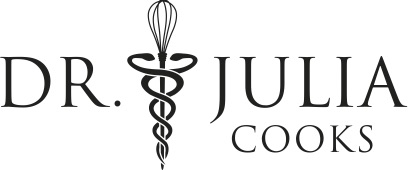Screening for Heart Health
My medical practice focuses on children with high cholesterol, prediabetes, and/or weight issues. In some cases, this can run in the family. In rare cases, medication may be considered.
In all cases, simple and sustainable diet changes can vastly improve these conditions. My patients have great success in slowing weight gain, improving labs and feeling more empowered to make healthy food choices. Read on for more information about the conditions I treat and how to eat more of the delicious foods that support great health.
Cholesterol Screening in Children
The American Academy of Pediatrics recommends that all children undergo cholesterol screening between ages 9 and 11.
The goal of screening is to identify children who have high cholesterol and could lower their risk of heart disease by making lifestyle changes early in life. Prevention is a crucial part of reducing the global burden heart disease.
Acting on high cholesterol early in life can make a huge impact in reducing your child’s risk of problems such as heart disease or stroke. It can also help set good eating and exercise habits early!
While all children should be screened, those in particular who would benefit from screening are those who have:
A parent on cholesterol-lowering medications
A parent with high cholesterol not controlled with diet and exercise
A family history of heart attack, bypass surgery, angioplasty or stroke, particularly early in life (before 65 for women, 55 for men)
A body mass index in the overweight or obese category
A cholesterol panel, or lipid panel, contains several pieces of information:
Total Cholesterol. This follows the formula: HDL + LDL + (triglycerides divided by 5). This number doesn’t tell the full story. If your HDL is high, for example, that is a healthy pattern. But it makes your total look high, which can be unnecessarily concerning. So your doctor will pay close attention to the individual components.
LDL: Low-Density Lipoprotein Cholesterol: this is your “bad” cholesterol – the kind that likes to stick to the inside of artery walls and cause plaque.
HDL: High-Density Lipoprotein Cholesterol: this is your “good” cholesterol – the kind that helps keep arteries clean by removing LDL particles from the artery wall and bringing them back to the liver for recycling.
Triglycerides: A bit different and far more variable than LDL or HDL. This is a circulating form of fat: the extra sugars and fats that you have eaten recently are packaged into triglycerides and sent to the liver for storage. Triglycerides are affected by a recent meal, which is why fasting is recommended prior to having your labs drawn.
